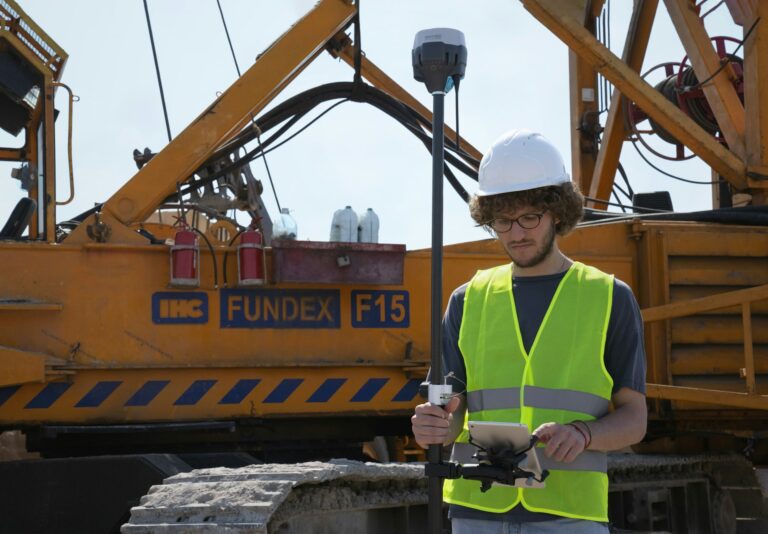When starting a new business, time is often one of the most crucial factors. Entrepreneurs are constantly looking for ways to get their ventures up and running as quickly and efficiently as possible. One of the best solutions for this is to invest in a shelf corporation. These pre-registered companies offer a range of benefits that can help business owners skip many of the lengthy processes typically involved in starting from scratch. In this article, we’ll explore why a shelf corporation might be the ideal choice for those looking for a fast and effective business setup.
What is a Shelf Corporation?
A shelf corporation is essentially a pre-registered company that has been formed but hasn’t yet been used in business operations. These companies have been “sitting on the shelf,” so to speak, awaiting a buyer who can take them over and begin operating immediately. They typically come with an established business history, meaning they already have a registration number, a bank account, and other formalities completed, which can save time for new business owners.
Why should a business owner choose a shelf corporation over starting from scratch? The answer lies in the value of time and the benefits of having a company with an established presence.
Time-Saving Benefits of Shelf Corporations
Starting a business from the ground up requires numerous steps, including selecting a business name, filing paperwork, registering with tax authorities, and obtaining necessary licenses. Each of these processes can take weeks, even months, depending on the country or state in which the business is being set up.
With a shelf corporation, these steps are already taken care of. The company is essentially ready to go, which allows business owners to start operations immediately. For entrepreneurs with limited time or who are looking to enter the market quickly, this is an invaluable advantage.
Additionally, the purchase of a shelf corporation can often be faster than registering a new company. Most businesses can be set up in a matter of days, instead of weeks or even longer.
Enhance Credibility and Trust with a Shelf Corporation
A shelf corporation often carries with it a sense of credibility that a brand-new business may lack. Many clients, investors, and financial institutions place a higher value on companies that have been in existence for a longer period. Even if a shelf corporation has not been actively used, its established presence can lend it a level of trustworthiness that is hard to achieve with a newly-formed business.
For example, if you’re looking to secure funding, a lender may be more inclined to lend to a company that has been around for a few years, even if it hasn’t operated, rather than one that was just created. The age of the corporation can show stability, and that’s often what investors are looking for.
Potential for Increased Business Opportunities
Another advantage of purchasing a shelf corporation is the potential access to certain business opportunities that might otherwise be unavailable. Some industries or contracts require a business to have a certain number of years in operation. For example, some government contracts may require companies to have been in business for a set number of years. With a shelf corporation, these requirements can be met instantly.
This can significantly widen the scope of business opportunities available, especially in industries that favor long-established companies.
A Quick Transition into Business Operations
Once you’ve acquired a shelf corporation, it’s simple to transition it into active business operations. You can immediately begin offering products or services, signing contracts, and engaging with customers, without the typical delay associated with starting from the ground up. This swift transition allows you to focus on growing the business rather than worrying about the bureaucratic processes that usually come with launching a new company.
Conclusion
In the fast-paced world of business, a shelf corporation offers a valuable solution for entrepreneurs who want to get up and running quickly. With time-saving benefits, enhanced credibility, and immediate access to business opportunities, a shelf corporation can be the perfect tool for those who want to avoid the delays of traditional business formation. For those looking to purchase a shelf corporation, WholesaleShelfCorporations.com provides a wide range of options that cater to various business needs and industries. With a shelf corporation, business owners can hit the ground running and make their mark in the business world almost instantly.










